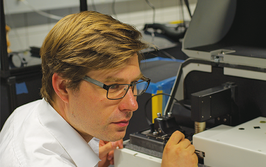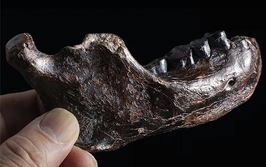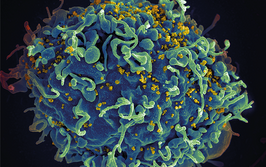Determination of Chlorinated Dioxins and Furans in Four Types of Wastewater by EPA Method 1613 Rev. B

contributed by CDS |
Abstract
CDS EmporeTM C18 (Formerly 3MTM EmporeTM C18) SPE Disks help ensure rapid and reliable sample preparation and provide excellent analyte recovery in the screening or monitoring of Dioxins and Furans in 4 types of wastewater samples for EPA Method 1613 Rev. B.
Introduction
EPA Method 1613 was developed by the United States Environmental Protection Agency’s Office of Science and Technology for isomer-specific determination of the 2,3,7,8-substituted, tetra through octa-chlorinated, dibenzo-p-dioxins and dibenzofurans in aqueous, solid, and tissue matrices by isotope dilution, high resolution capillary column gas chromatography (HRGC)/high resolution mass spectrometry (HRMS). EPA Method 1613 contains extraction directions for several matrices including aqueous, solid, and tissue samples. The CDS EmporeTM disk extraction procedure is applicable to aqueous matrices in Method 16131,2.
Log in or register to read this article in full and gain access to The Analytical Scientist’s entire content archive. It’s FREE!

















